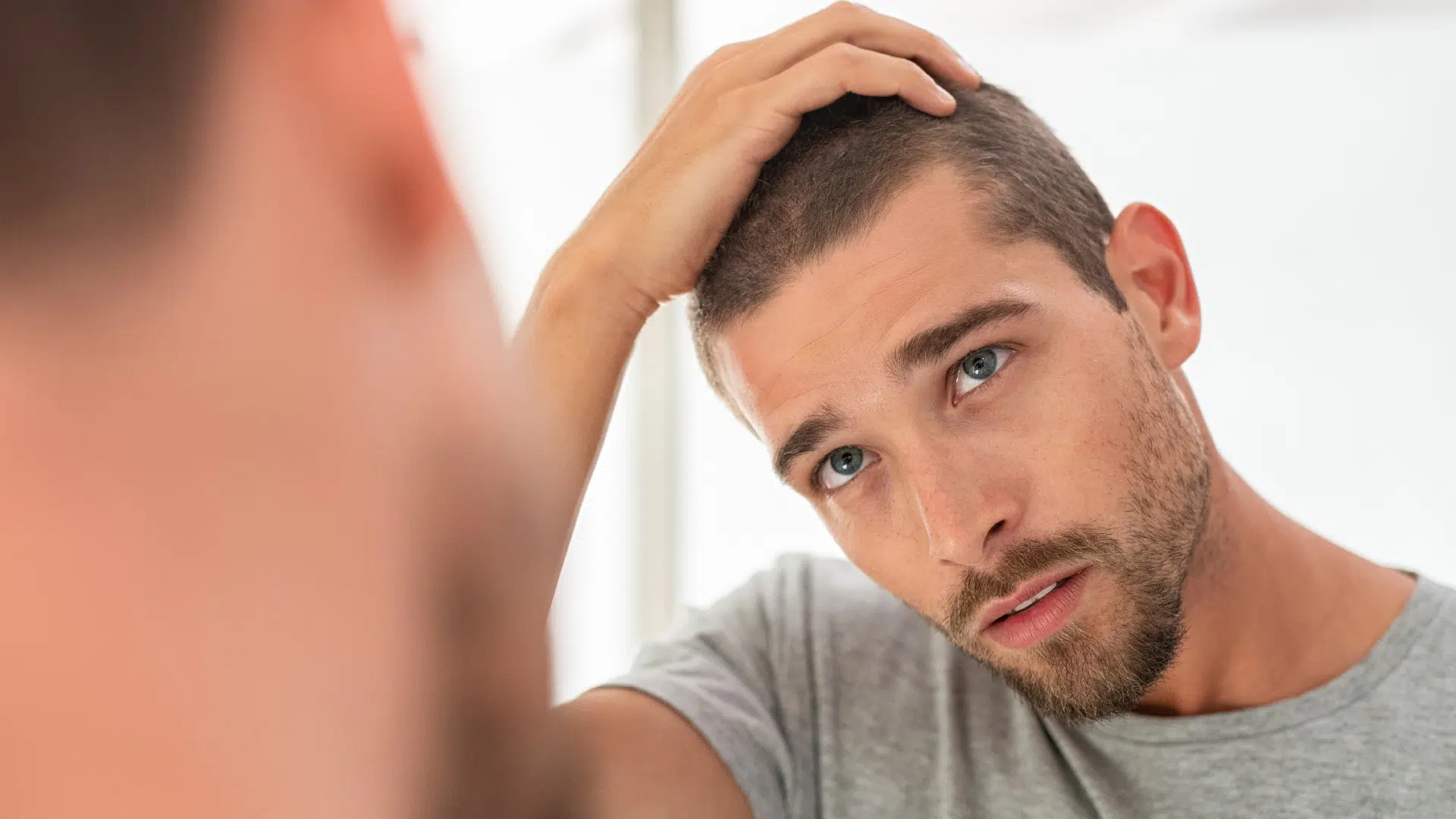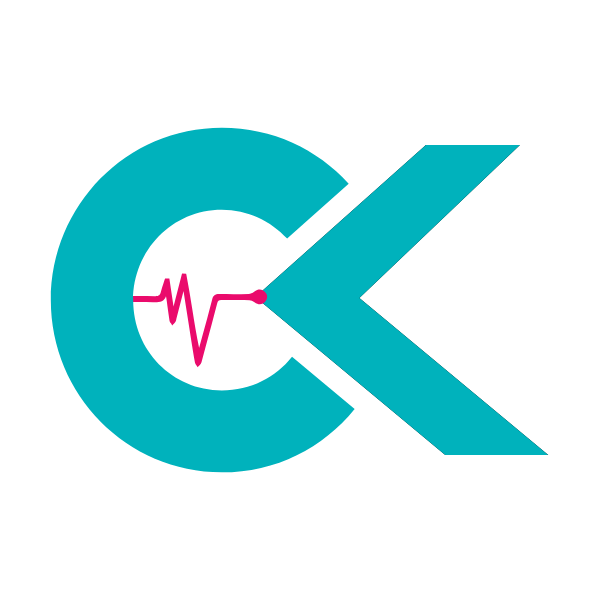Hair transplantation has emerged as a highly effective solution for hair loss, restoring not just hair but also confidence for countless individuals. While the surgical procedure itself is crucial, the success of a hair transplant hinges significantly on meticulous aftercare. Optimal post-operative care directly impacts graft survival and the ultimate aesthetic outcome. Neglecting proper aftercare protocols can compromise the entire procedure, leading to suboptimal results and patient dissatisfaction. Indeed, studies show that adherence to post-operative instructions improves graft survival rates by up to 20%. Therefore, understanding and diligently following these guidelines are paramount for achieving the desired long-term success of the transplant. This critical period demands precise attention to detail.
Table of Contents
Your Day-by-Day Guide to Hair Transplant Aftercare
Days 1-3: Immediate Post-Operative Phase
The initial 72 hours represent the most critical period for graft survival and healing. During this phase, transplanted follicles remain extremely fragile, and proper care determines long-term success rates.
- Day 1: Keep your head elevated at 45 degrees while sleeping to minimise swelling. Apply ice packs to the forehead area for 10-minute intervals every hour during waking hours. Avoid touching the transplanted area completely.
- Day 2: Continue elevation and ice application. Begin prescribed antibiotic treatment to prevent infection. Monitor for excessive bleeding or unusual discharge from the donor or recipient areas.
- Day 3: Swelling typically peaks during this period. Maintain the same positioning and ice protocol. Start gentle walking activities to promote circulation whilst avoiding strenuous movements.
Days 4-10: Early Recovery Management
The first week establishes the foundation for optimal hair transplant recovery. Grafts begin their initial settling process, though they remain vulnerable to displacement through improper handling.
- Day 4: First gentle washing becomes permissible using lukewarm water and mild, pH-balanced cleanser. Pour water gently over the scalp rather than applying direct pressure. Pat dry with clean towel.
- Days 5-7: Continue daily gentle cleansing routine. Small crusts form around transplanted follicles – these protect the grafts and must not be removed manually. Sleep elevation can reduce to 30 degrees.
- Days 8-10: Increase washing frequency to twice daily if comfortable. Light scabbing appears normal during this period. Resume desk-based work activities whilst avoiding heavy lifting or intense physical exertion.
Things not to do after hair transplant during this crucial period include swimming, sauna visits, direct sunlight exposure, and wearing tight headwear that contacts the treated areas.
Days 11-21: Stabilisation Period
Post hair transplant recovery accelerates significantly during the second and third weeks. Grafts achieve greater stability, allowing expanded activity levels and modified care routines.
- Days 11-15: Natural crust shedding begins without intervention. Resume normal sleeping positions gradually. Light exercise such as walking or stationary cycling becomes acceptable with medical clearance.
- 15 days after hair transplant: Most visible crusting disappears naturally. Transplanted hairs may begin shedding – this represents normal shock loss rather than graft failure. Continue gentle hair care practices.
- Days 16-21: Increase physical activity levels progressively. Swimming in chlorinated pools remains prohibited due to chemical irritation risks. Sun protection becomes essential when outdoors.
Hair transplant aftercare instructions during this phase emphasise patience, as temporary hair shedding often causes unnecessary concern among patients.
Weeks 4-8: Growth Preparation Phase
The one-month milestone marks significant progress in the hair transplant healing process. Grafts achieve permanent anchoring, and new growth cycles begin establishing.
- 4 weeks after hair transplant: Resume normal exercise routines including weightlifting and cardiovascular activities. Most activity restrictions lift except for contact sports involving potential head trauma.
- Weeks 5-6: New hair growth may appear as fine, light-coloured strands. These initial hairs strengthen and darken over subsequent months. Regular gentle brushing becomes safe.
- Weeks 7-8: Establish long-term hair transplant care routine including regular cleansing with appropriate formulations. Schedule follow-up appointments to monitor progress and address concerns.
Months 3-12: Long-term Maintenance
Treatment after hair transplant extends well beyond the initial healing phase. Optimal results emerge gradually over 12-15 months, requiring consistent maintenance protocols.
- Months 3-6: Significant new growth becomes visible. Hair density increases progressively. Maintain scalp health through proper nutrition, gentle massage, and appropriate styling practices.
- Months 6-12: Final results materialise as transplanted follicles reach full maturity. Hair transplant recovery tips during this period focus on protecting existing growth whilst supporting continued development.
Regular monitoring ensures early detection of potential complications whilst maximising aesthetic outcomes. Professional guidance remains valuable throughout the extended recovery timeline for addressing individual concerns and optimising results. Recovery Growth FUT DHI Timelines provide critical insights into hair transplant after care, ensuring each step is tailored to individual healing processes. This comprehensive approach aids in achieving long-term success and satisfaction with the procedure.
Post-Procedure Care Products: What to Use for Best Results?
Selecting appropriate hair transplant aftercare products ensures optimal healing and maximizes transplant success rates through targeted post-operative support.
Specialized Lotions for Post-Transplant Care
- Saline-based wound cleansers provide gentle cleansing without disrupting newly transplanted follicles during the first week post-procedure
- Aloe vera-enriched lotions reduce inflammation and promote healing when applied after initial scab formation subsides
- Panthenol-containing formulations accelerate tissue repair and maintain optimal moisture levels throughout the recovery period
- Zinc oxide lotions offer protective barriers against environmental irritants while supporting natural healing processes
- Hyaluronic acid-based treatments enhance hydration and improve graft survival rates when used appropriately during recovery phases
Aftercare Kits: Contents and Usage
- Sterile gauze pads protect the recipient area from contamination and absorb excess fluid during immediate post-operative hours
- Medical-grade antiseptic solutions prevent bacterial infections without compromising graft viability when applied correctly
- Specialized applicator brushes enable precise product application without disturbing transplanted follicles through gentle contact methods
- pH-balanced cleansing solutions maintain scalp health while removing debris and excess oils during different healing stages
- Protective headwear shields grafts from UV exposure and physical trauma throughout the critical integration period
- Detailed instruction guides ensure proper product usage timing and application techniques for optimal healing outcomes
Safe Shampoos and Cleansers for Different Recovery Phases
- Baby shampoos with neutral pH provide gentle cleansing during the first two weeks without chemical irritation
- Sulfate-free formulations maintain natural oil balance while removing impurities without stripping essential moisture
- Ketoconazole-based cleansers address potential fungal concerns and reduce inflammation during extended recovery periods
- Biotin-enriched shampoos support follicle health and promote stronger hair growth when introduced after initial healing
- Medicated cleansers with salicylic acid help manage scab formation and prevent ingrown hairs during later recovery stages
Healing Sprays and Mists for Soothing and Hydration
- Sterile saline mists provide immediate relief from itching and maintain optimal moisture levels without chemical additives
- Chamomile-infused sprays offer natural anti-inflammatory properties while soothing irritated scalp tissue effectively
- Thermal water sprays deliver mineral-rich hydration that supports cellular regeneration and reduces post-operative discomfort
- Cooling menthol mists provide temporary relief from burning sensations while maintaining sterile application conditions
- Peptide-enhanced formulations accelerate healing processes and improve overall graft integration success rates
Topical Serums and Growth Enhancers
- Minoxidil solutions stimulate blood circulation and promote hair growth when introduced after complete wound healing occurs
- Copper peptide serums enhance follicle development and improve hair density through targeted cellular stimulation mechanisms
- Growth factor concentrates accelerate natural healing processes and optimize transplanted follicle survival rates significantly
- Adenosine-based treatments extend hair growth phases and improve overall transplant outcomes when used consistently
- Stem cell serums support follicle regeneration and enhance the natural hair growth cycle through advanced biotechnology
- Vitamin E oils provide antioxidant protection while nourishing developing hair follicles during critical growth phases
Protective Foams and Gels for Graft Protection
- Medical-grade silicone gels create protective barriers against environmental damage while maintaining breathable coverage conditions
- Antimicrobial foams prevent infection risks while offering cushioned protection during sleep and daily activities
- Hydrogel patches provide sustained moisture delivery and create optimal healing environments around transplanted areas
- Non-comedogenic protective films shield grafts from dust and pollutants without blocking natural skin respiration processes
- Hypoallergenic barrier creams offer extended protection against friction and irritation during the critical first month
- Transparent protective sprays create invisible shields that allow visual monitoring while preventing contamination and physical trauma
The best hair products after hair transplant combine scientific formulation with gentle application methods. These hair transplant after care kit components work synergistically to create optimal healing conditions and maximize long-term transplant success rates.
Specific Care Guidelines for Different Transplant Methods
Each hair transplant technique requires tailored post-operative protocols to ensure optimal healing and graft survival. Understanding the specific requirements for FUE, FUT, and DHI procedures enables patients to follow precise aftercare instructions that maximize transplant success rates.
FUE (Follicular Unit Extraction) Aftercare Protocols
- Sleep with elevated head position at 45-degree angle for first 7 days to minimize swelling around extraction sites
- Avoid touching or rubbing the transplanted area for 72 hours minimum to prevent graft displacement during fue hair recovery
- Apply prescribed antibiotic ointment gently to donor area twice daily for first week
- Wear loose-fitting clothing to prevent friction against treated scalp during recovery from fue hair transplant
- Resume light activities after 48 hours but avoid strenuous exercise for 10-14 days following fue transplant recovery
- Use prescribed saline spray every 2 hours during first 3 days for optimal fue hair transplant after care
- Avoid direct sunlight exposure for minimum 2 weeks to protect healing grafts
FUT (Follicular Unit Transplantation) Aftercare Protocols
- Monitor suture line closely for signs of infection or excessive tension during fut hair transplant after care
- Sleep exclusively on back for first 10 days to avoid pressure on linear incision
- Apply cold compress to forehead area for 15-minute intervals to reduce swelling
- Follow strict suture care routine with prescribed antiseptic solution twice daily
- Avoid bending forward or lifting objects over 5 pounds for 14 days during fut hair transplant post op care
- Attend scheduled suture removal appointment between days 10-14 for proper healing assessment
- Perform gentle scalp massage around donor area after 3 weeks to improve circulation
DHI (Direct Hair Implantation) Aftercare Protocols
- Begin gentle washing routine 24 hours post-procedure using lukewarm water and prescribed shampoo
- Apply specialized healing serum every 4 hours for first 5 days following dhi hair transplant after care
- Avoid wearing hats or helmets for minimum 7 days to prevent graft compression
- Use prescribed anti-inflammatory medication for 3-5 days to control swelling
- Sleep with multiple pillows maintaining 30-degree elevation for first week
- Avoid swimming pools and saunas for 21 days to prevent infection risk
- Follow specific crown area protection protocols if transplanted in vertex region
Post-Transplant Medications and Their Purpose
- Prescribed antibiotics prevent bacterial infections at transplant sites for 5-7 day course
- Anti-inflammatory medications reduce swelling and discomfort during initial healing phase
- Pain relief medication manages post-operative discomfort without affecting graft survival
- Topical corticosteroids minimize inflammatory response when applied as directed
- Antihistamines control potential allergic reactions to medications or healing process
Managing Swelling and Discomfort After Surgery
- Apply cold compresses to forehead area only, never directly on transplanted region
- Maintain consistent head elevation during sleep and rest periods for first week
- Use prescribed pain medication following exact dosage instructions for optimal comfort
- Avoid alcohol consumption for minimum 48 hours as it increases swelling risk
- Perform gentle neck stretches to improve lymphatic drainage and reduce facial puffiness
Washing and Cleaning Instructions for the Transplanted Area
- Use lukewarm water temperature between 35-37°C to avoid thermal shock to grafts
- Apply prescribed gentle shampoo using fingertip dabbing motions, never scrubbing movements
- Rinse thoroughly with low water pressure to remove all cleaning products completely
- Pat dry with clean soft towel using gentle pressing motions rather than rubbing
- Wash daily after first 24 hours following post fue care or post fut hair transplant care protocols
- Avoid commercial hair products for 14 days minimum until grafts establish secure anchoring
Following these method-specific protocols ensures optimal transplant outcomes while minimizing complications. Each technique demands precise adherence to tailored aftercare requirements that directly influence long-term hair growth success and overall patient satisfaction with their fue surgery recovery or alternative procedure results.



